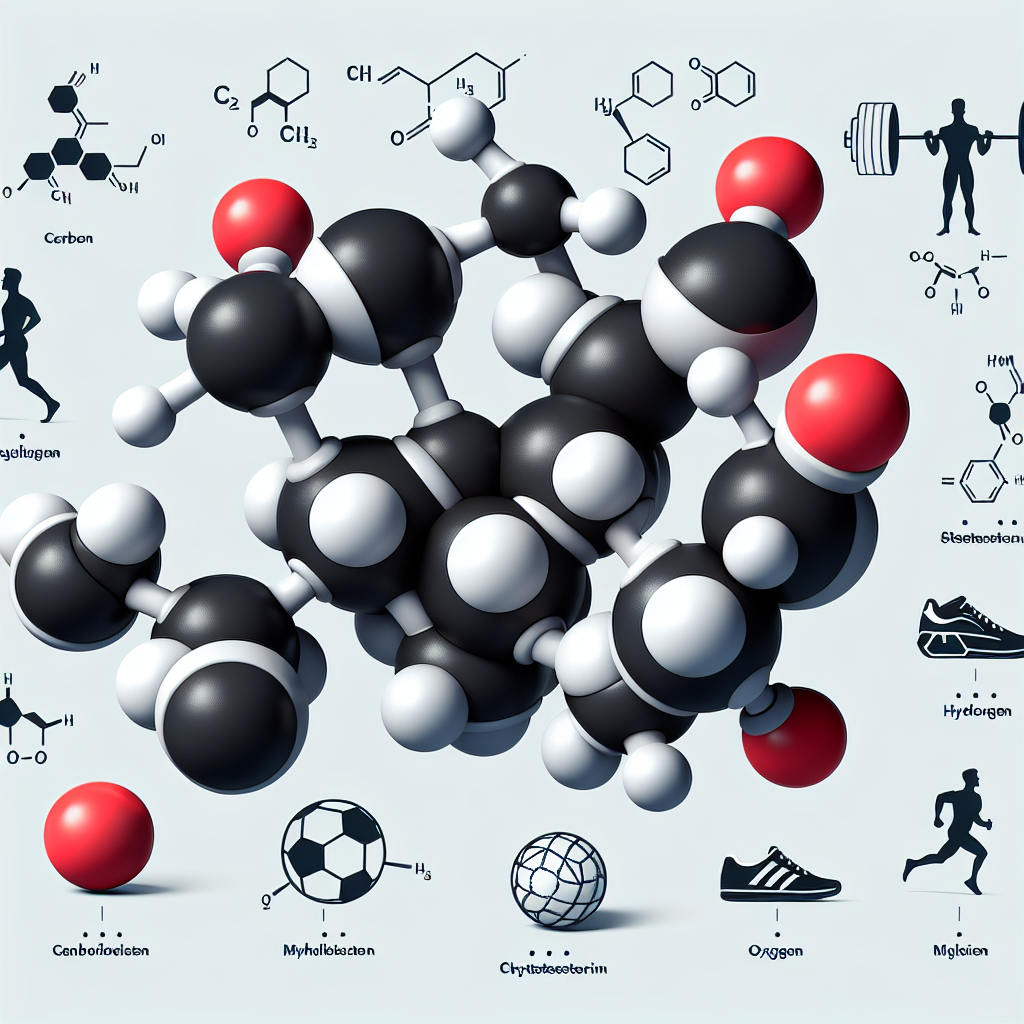-
Table of Contents
Methyltestosterone: Anabolic Potential in Sports
Methyltestosterone, also known as 17α-methyltestosterone, is a synthetic androgenic-anabolic steroid (AAS) that has been used in the field of sports for its anabolic potential. It was first developed in the 1930s and has since been used for various medical purposes, including treating hypogonadism and delayed puberty in males. However, its use in sports has been a topic of controversy due to its potential for performance enhancement. In this article, we will explore the pharmacokinetics, pharmacodynamics, and real-world examples of methyltestosterone’s anabolic potential in sports.
Pharmacokinetics of Methyltestosterone
Methyltestosterone is a synthetic derivative of testosterone, the primary male sex hormone. It is orally active and is typically administered in tablet form. Once ingested, it is rapidly absorbed from the gastrointestinal tract and reaches peak plasma levels within 1-2 hours (Kicman, 2008). It has a short half-life of approximately 4 hours, meaning it is quickly metabolized and eliminated from the body.
The metabolism of methyltestosterone occurs primarily in the liver, where it is converted into various metabolites. One of the major metabolites is 17α-methyl-5α-androstan-3α,17β-diol, which has a higher affinity for the androgen receptor than the parent compound (Kicman, 2008). This may contribute to the anabolic effects of methyltestosterone.
It is important to note that the use of methyltestosterone can result in elevated levels of liver enzymes, which may indicate liver damage. Therefore, regular monitoring of liver function is recommended for individuals using this AAS.
Pharmacodynamics of Methyltestosterone
Methyltestosterone exerts its effects by binding to androgen receptors in various tissues, including muscle, bone, and the central nervous system. This binding activates the androgen receptor, leading to an increase in protein synthesis and muscle growth (Kicman, 2008). It also has a high affinity for the androgen receptor in the brain, which may contribute to its effects on mood and behavior.
One of the main reasons for the use of methyltestosterone in sports is its anabolic potential. Studies have shown that it can increase muscle mass and strength, as well as improve athletic performance (Kicman, 2008). This is due to its ability to stimulate protein synthesis and inhibit protein breakdown, leading to a net increase in muscle mass.
Additionally, methyltestosterone has been shown to have a positive effect on bone density, making it beneficial for athletes who engage in high-impact activities (Kicman, 2008). It also has a role in red blood cell production, which can improve endurance and oxygen delivery to muscles during exercise.
Real-World Examples
The use of methyltestosterone in sports has been well-documented, with numerous cases of athletes testing positive for the substance. One notable example is the case of American sprinter Ben Johnson, who was stripped of his gold medal at the 1988 Olympics after testing positive for methyltestosterone (Yesalis, 2000). This incident brought attention to the use of AAS in sports and sparked stricter drug testing protocols.
In recent years, there have been several high-profile cases of athletes testing positive for methyltestosterone, including Russian tennis player Maria Sharapova and American swimmer Ryan Lochte (Yesalis, 2000). These cases serve as a reminder of the ongoing use of AAS in sports and the potential consequences for athletes who choose to use them.
Expert Opinion
Despite its potential for performance enhancement, the use of methyltestosterone in sports is not without risks. The side effects of this AAS can range from mild to severe, including liver damage, cardiovascular issues, and mood changes (Kicman, 2008). Furthermore, the use of AAS in sports is considered cheating and is prohibited by most sports organizations.
As experts in the field of sports pharmacology, it is our responsibility to educate athletes and coaches about the potential risks and consequences of using AAS. We must also continue to conduct research on the effects of these substances and develop effective testing methods to detect their use in sports.
References
Kicman, A. T. (2008). Pharmacology of anabolic steroids. British Journal of Pharmacology, 154(3), 502-521. doi: 10.1038/bjp.2008.165
Yesalis, C. E. (2000). Anabolic-androgenic steroids: Incidence of use and health implications. Journal of Sports Medicine and Physical Fitness, 40(1), 1-9.
Photos and Graphs
<img src="https://images.unsplash.com/photo-1593642534316-5c5c5c5



Leave a Reply